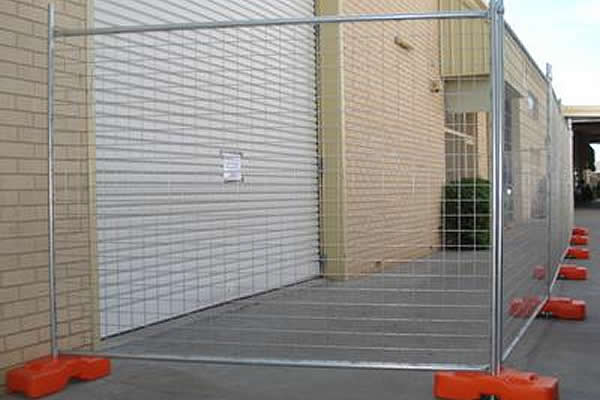 TEL:
+86-13102802206
TEL:
+86-13102802206
 Email:
fencenetting@china.com
Email:
fencenetting@china.com
 Language
Language
 TEL:
+86-13102802206
TEL:
+86-13102802206
 Email:
fencenetting@china.com
Email:
fencenetting@china.com
 Language
Language


The History and Significance of Barbed Wire Barbs
Barbed wire, a pivotal invention in agricultural and military history, has played a transformative role in shaping land use and boundaries across the world. At the heart of this sturdy fence design lies the barbed wire barb, the element that grants barbed wire its distinctive functionality. Understanding the history and significance of these barbs provides insight into their impact on society and the environment.
Historical Background
The development of barbed wire can be traced back to the late 19th century, a time when the American West was expanding rapidly. As settlers moved westward, the need for effective fencing increased dramatically. The open range was susceptible to overgrazing and conflict between cattle ranchers and farmers, making some form of fencing essential for managing livestock and securing property lines.
In 1867, the first patent for barbed wire was granted to Lucien B. Smith, but it was Joseph F. Glidden’s design in 1874 that truly revolutionized barbed wire as we know it today. Glidden's version featured sharp points and efficient spacing between the barbs, making it much more effective than previous designs. This invention quickly gained popularity, and by the 1880s, barbed wire had become a staple in agricultural practices across the United States.
The Design and Function of Barbed Wire Barbs
Barbed wire consists of two main components the wire itself and the barbs. The barbs are sharp prongs that protrude from the wire at regular intervals, typically spaced between six and twelve inches apart. These barbs are crucial for the wire's ability to deter animals and humans alike. When animals attempt to breach a fence made of barbed wire, the sharp barbs inflict pain, effectively keeping livestock contained and preserving cultivated land.

The design of barbed wire barbs is not merely functional; it also reflects an aesthetic simplicity. Barbs are generally made from galvanized steel to resist rust and corrosion, ensuring durability even in harsh climates. The elegance of their design lies in their efficiency; a minimal amount of material results in a highly effective barrier.
Societal Impact
The introduction of barbed wire not only changed agricultural practices but also influenced social dynamics. As land became privately owned and fenced off, conflicts arose over boundaries. Ranchers often clashed with farmers or neighboring ranchers regarding the ownership and use of land, leading to a series of violent confrontations in the late 19th century, famously known as the Range Wars.
Moreover, barbed wire has a darker legacy. It was employed in military contexts for defensive purposes during World War I and II, serving as a formidable barrier against enemy troops. While it secured territory, it also became symbolic of confinement and control, notably in the establishment of internment camps and concentration camps throughout history.
Conclusion
Barbed wire barbs are more than just physical components of a fencing system; they symbolize a broader narrative of land ownership, conflict, and societal changes. Their invention marked a turning point in both agricultural practices and socio-political landscapes, highlighting humanity's ongoing struggle with boundaries—both physical and ideological. As we reflect on the legacy of barbed wire, we recognize its dual role as a protector of property and a reminder of the complexities inherent in managing space and resources in an ever-evolving world. Whether in the fields of the American West or the battlefields of Europe, barbed wire barbs have etched themselves into the fabric of human history.